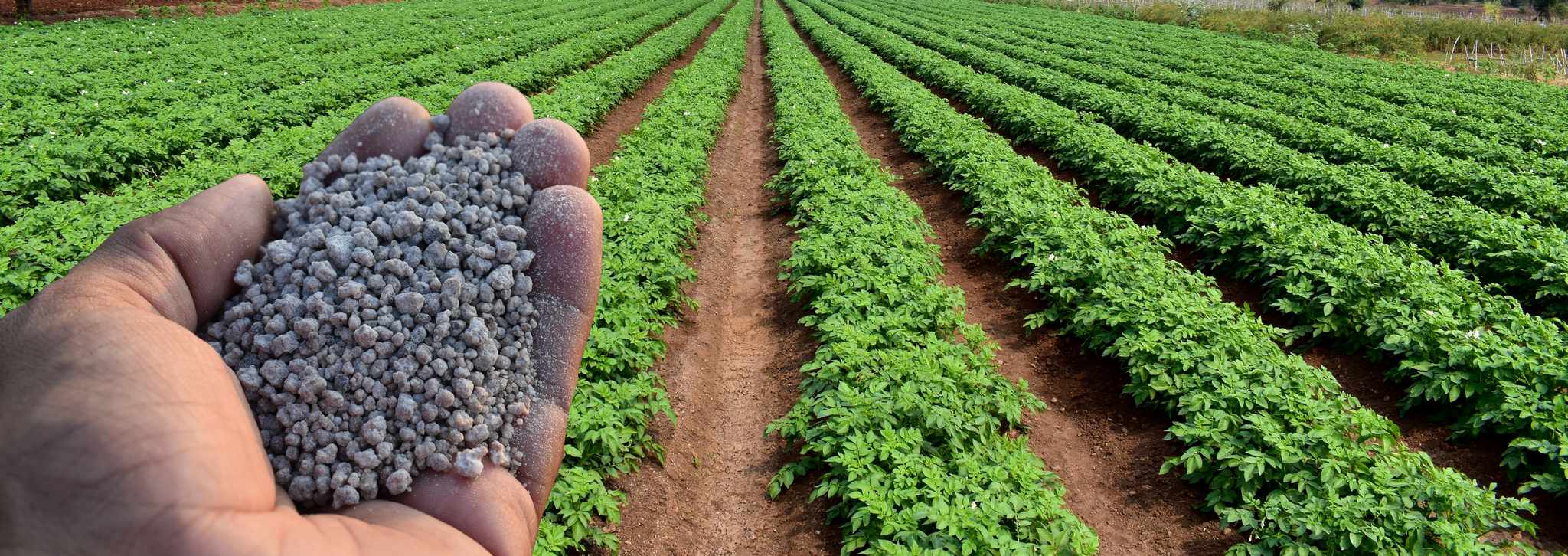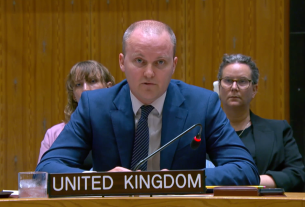Dr Arne Petter Ratvik is championing high-tech goods for Europe through a low-tech source: fertiliser.
Ratvik, a metals expert at independent Norwegian research organisation SINTEF, says raw materials needed by the European auto, computer, electronics, energy and other industries can be extracted from ordinary fertiliser production.
Magnetic attraction
Industrial magnets, for example, are made from raw materials known as rare earths located in the Earth’s crust and are key components of everything from smartphones and tablets to refrigerators and microwaves.
‘Rare earths from fertilisers could produce very good magnets,’ said Ratvik, a senior research scientist at SINTEF.
He led a research project that received EU funding to boost European supplies of rare earths by removing them during the fertiliser-manufacturing process. Called SecREEts, the project ran for four and a half years through November 2022.
Ensuring Europe’s access to raw materials has jumped to the top of the EU political agenda as geostrategic questions expose vulnerabilities in European supply chains.
Individual non-EU countries including China, the Democratic Republic of the Congo and South Africa have dominant control over some critical raw materials.
For example, China refines all the rare earths used in permanent magnets worldwide, according to the European Commission.
In March 2023, the Commission proposed to set EU targets of at least 10% for the extraction, 40% for the processing and 15% for the recycling in Europe of critical raw materials, including rare earths.
Unearthed earths
Rare earths are comprised of 17 metallic elements with special properties that facilitate technological advances in a range of industries.
SecREEts focused on three rare earths that are key for the EU green-energy transition: dysprosium, neodymium and praseodymium – all used to make permanent magnets for electric cars and wind turbines.
“
We developed an integrated extraction process within the fertiliser production process to take out the rare earth elements.
Based on European fertiliser production, the extraction technique developed by the project team has the potential to cover around 5% to 10% of Europe’s demand for dysprosium, neodymium and praseodymium, according to Ratvik.
‘We developed an integrated extraction process within the fertiliser production process to take out the rare earth elements,’ he said.
Ratvik said that, for example, phosphate rocks used to make fertiliser contain between 0.3% and 1% rare earths. Currently, these elements just end up in the final product without giving it any extra value.
Phosphate fertiliser is produced by dissolving phosphate rocks in acid. In subsequent steps, unwanted elements are turned into solids and filtered out – a chemical process known as precipitation.
To achieve its technique, the SecREEts team included an extra precipitation step allowing rare earths to be removed from the fertiliser production stream.
As part of the project, the rare earths were further processed and then sent to magnet producers in Germany and the UK.
The activity resulted in powerful, high-performance magnets, according to Ratvik.
Overseas influences
While he ponders ways to deploy the SecREEts extraction method on an industrial scale as well as potential obstacles resulting from Russia’s war in Ukraine – both countries are major suppliers of phosphate rocks for fertiliser production – another researcher in Europe is exploring how two EU partner nations in Asia tackle supply-chain challenges.
“
Part of what we are trying to understand are the conditions that have led to specific decisions of governments and businesses.
Dr Jewellord Nem Singh, an expert in critical minerals and industrial policy in the Netherlands, is in the midst of visits to Japan and South Korea to discuss the matter with government and industry representatives there.
Based at the International Institute of Social Studies in The Hague, Nem Singh leads an EU-funded research project on the geopolitical implications of rare earths. Called GRIP-ARM, the project runs for five years through January 2026.
The initiative focuses on China, Brazil and Kazakhstan as mineral-producing countries and on the EU, Japan and Korea as consumers of rare earths.
The GRIP-ARM researchers are examining ways for the EU to secure future supplies of these raw materials while reducing the socio-environmental costs of extraction.
‘Part of what we are trying to understand are the conditions that have led to specific decisions of governments and businesses around the question of how to secure access to critical minerals,’ said Nem Singh.
Processing power
He said that China’s economic advantage in rare earths comes not only from controlling roughly 60% of known global reserves but also from extraction and processing.
‘China, since the 1970s, has put a lot of money into refining, separation and processing technologies,’ Nem Singh said.
Rare earths from anywhere in the world must be sent to China because it has the processing plants and expertise.
In addition, it has created long supply chains – from mining through processing to manufacturing final products, including electric cars, medical devices and solar panels. That adds to the country’s economic leverage, including over rare-earth prices.
Nonetheless, China still relies on other countries to produce the most technologically advanced versions of some products, according to Nem Singh. For instance, he said that Japanese companies still make better permanent magnets.
‘What China is trying to accomplish is to fully complete that loop from mineral extraction all the way to final products of high-tech and advanced manufactured goods,’ Nem Singh said.
Fine balance
That means other nations have opportunities to rebalance relationships with China while accepting its role as a major industrial player.
‘The EU already recognises that China is a strategic partner,’ said Nem Singh. ‘But it is also an EU competitor, so we need to figure out how to build a relationship with China along those lines.’
He cited the example of Germany’s current push – with EU support – to expand semiconductor manufacturing after three decades of declining market share in the face of heightened global competition.
While this could create a high-tech industry in Europe decoupled from China, Germany would still need to retain access to important Chinese minerals used by German carmakers.
The fundamental question that the EU faces – and that Nem Singh hopes to help answer through GRIP-ARM – is the scope for Europe to exclude China from key parts of the supply chain linked to core technologies.
‘They need to figure out if they can produce these segments of the supply chain in Europe,’ he said.
Research in this article was funded by the EU including, in the case of GRIP-ARM, via the European Research Council (ERC). The views of the interviewees don’t necessarily reflect those of the European Commission. If you liked this article, please consider sharing it on social media.



